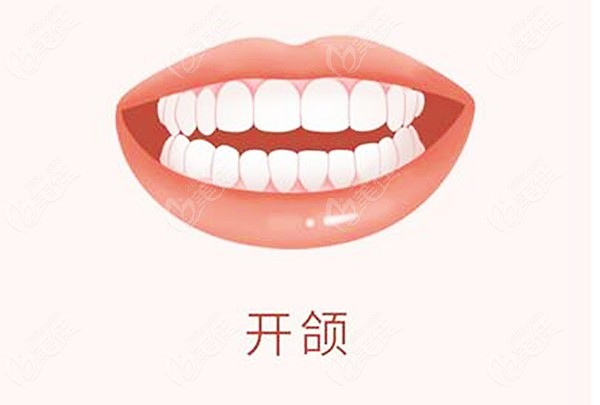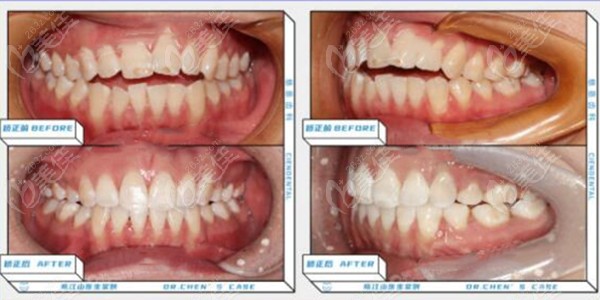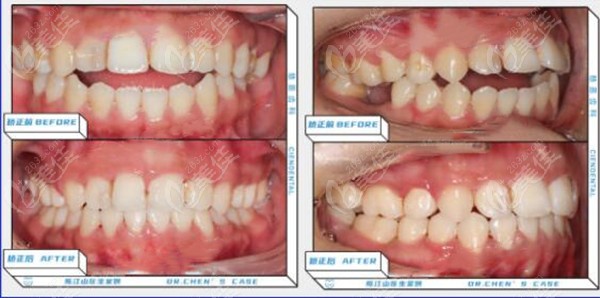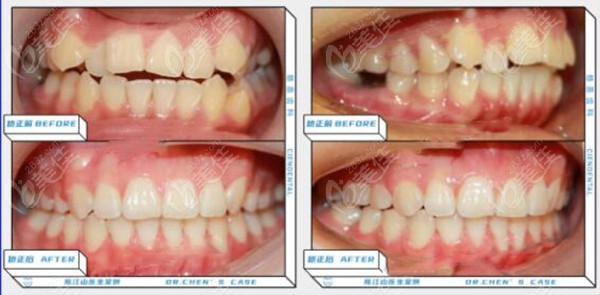When the upper and lower teeth are clenched, some teeth cannot be clenched, so it is difficult to correct teeth, but as long as it is not a bone problem, it can be corrected even if the adult teeth are serious.

So is a serious open jaw orthodontic or orthognathic?
Whether the jaw opening is orthodontic or orthognathic depends on your jaw opening, bone or tooth.
It is divided into three degrees according to the vertical distance between the upper and lower incisors:
Open jaw I degree: vertical separation of upper and lower incisors within 3mm
Open jaw II degree: vertical separation of upper and lower incisors more than 3-5mm
Open jaw III degree: vertical separation of upper and lower incisors is more than 5mm
If you do orthodontics in degree I and II of open jaw, you can improve the problem of open jaw, otherwise you should do orthognathic surgery.

Open jaw correction is more difficult in the correction of malocclusion. Its correction principle is to pull the teeth to the original point, which takes a long time. If the retainer is not worn in the maintenance phase, it is easy to relapse.
The above several pairs of comparative examples before and after open jaw correction are for your reference
Case 1: The upper and lower teeth cannot bite naturally, and the face is protruding

Scheme: Four No. 5 orthodontic bone nails were extracted to assist the correction, vertically control the upper and lower teeth, release the front teeth, and restore the occlusion and use functions of the teeth. After correction, the convexity is collected and the surface shape also achieves the ideal effect.
Case 2: The anterior teeth are open for 4mm and cannot be closed normally , The function of front teeth to cut off food is lost There are also serious mouth protrusions and unclear articulation.

Scheme: The correction scheme of pulling out two No. 4 teeth in the upper jaw+bone nails, accurately controlling the upper and lower teeth vertically, correcting for 2 years, relieving the lower jaw, and restoring the normal occlusion of teeth. The profile has also undergone great changes, and the recovery of lips is also very obvious.
Case 3: deep coverage, open front teeth, crowded dentition, poor occlusion

Scheme: Two No. 4 teeth and two bad No. 6 teeth were extracted, and No. 7 teeth were moved forward to replace No. 6 teeth, and wisdom teeth were used to replace No. 7 teeth, so as to restore the normal occlusion relationship.










